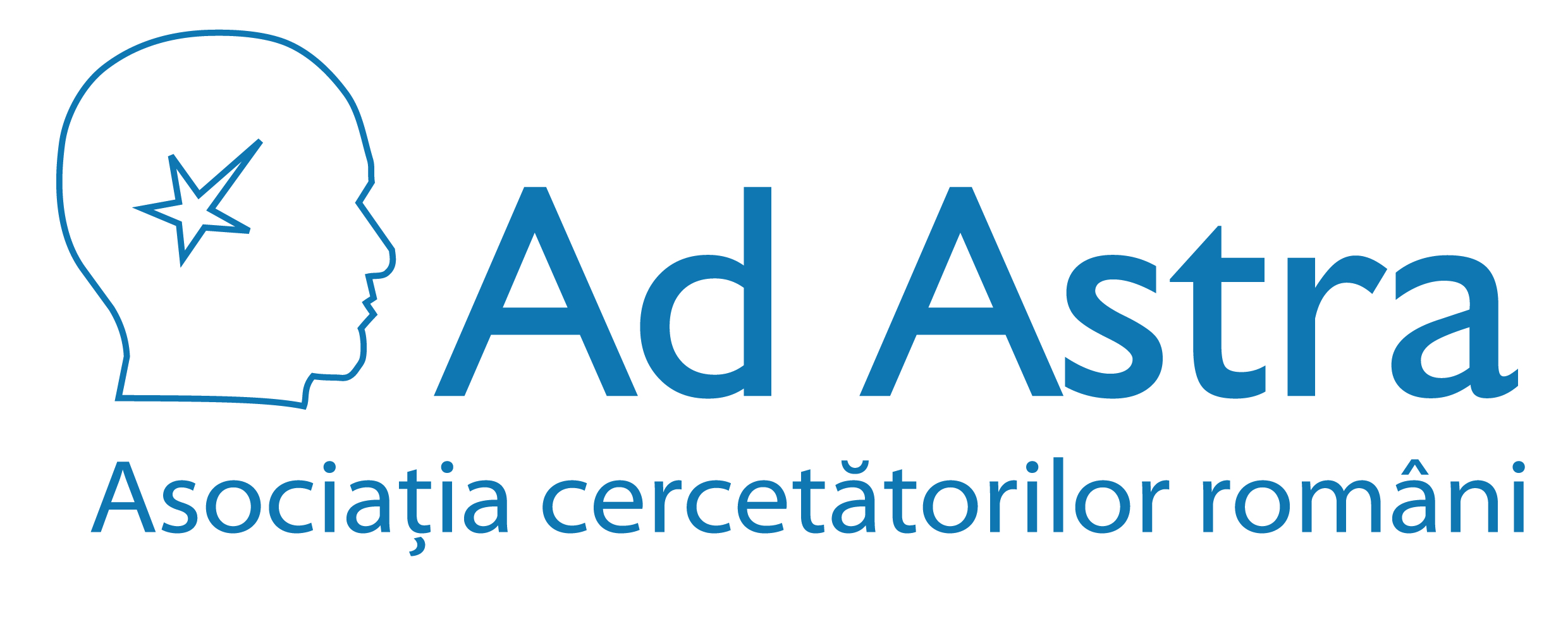Scopul nostru este sprijinirea şi promovarea cercetării ştiinţifice şi facilitarea comunicării între cercetătorii români din întreaga lume.
Staff Login
Publicatii proprii
The importance of ecosystem services for rural inhabitants in a changing cultural landscape in Romania
Many traditional cultural landscapes evolved as coupled social-ecological systems. It is important to understand how such systems navigate novel challenges posed by globalization. To address this issue, we bring together two components of a study carried out in a cultural landscape from Central Romania. The region was affected by major social and economic perturbations in the past century, affecting ethnic composition, community cohesion, land property
Read moreAirborne LIDAR data and GIS technique outputs over Romanian Danube Plain with a special attention on geomorphology
Airborne LIDAR technique by its specifications and characteristics in terms of precision of the numerical terrain model and the use of the GIS technique can be used in geomorphology. REELD campaign (elaboration of a precise numerical model of the terrain over the whole Romanian Danube Plain with more than 600,000 ha distributed along 1,000 km and variable widths from 1 to 80 km large were scan from 600 m altitude) represented an opportunity for the
Read moreReconstructing the evolution of cave systems as a key to understanding the taphonomy of fossil accumulations: The case of Ursilor Cave (Western Carpathians, Romania)
The Ursilor Cave (NW Romania) is a famous cave bear paleontological site hosting an important Late Pleistocene faunal assemblage and subject to systematic excavation works. To better understand the origin of fossil assemblages, the sedimentary history of the cave must be reconstructed. We conducted a series of investigations on various cave deposits which included sedimentology and grain-size analyses, U-series dating of speleothems, OSL dating of
Read moreSEEDLING RESPONSE TO WATER STRESS INDUCED BY GRADUAL DRYING OF THE SUBSTRATE – A SIMPLE METHOD TO APPROXIMATE DROUGHT RESISTANCE IN WHEAT
Breeding wheat for drought resistance has become a high priority in many parts of the world. Short duration seedling tests under controlled conditions, which can be performed off-season for preliminary selection, could contribute to faster progress in improving wheat response to water stress. Searching for such a simple seedling test, we measured leaf elongation and second leaf drying of seedlings grown in pots filled with 500 cc perlite, and exposed
Read moreContinuous Flow Waste Water Purification with Immobilized Cells
This article presents an efficient procedure using a fixed bed column reactor for phenolic wastewater purification with immobilized Pseudomonas putida cells. It discusses the influence of several parameters like, temperature, pH and the size of the immobilized cell particles upon the efficacy of the phenol removal.
Read moreEfficient degradation of phenol with pseudomonas putida cells for the production of pure water
This article presents an efficient procedure for phenolic wastewater purification with immobilized Pseudomonas putida cells. It describes the selection of the proper microorganism, and discusses the influence of the initial phenol concentration upon the efficacy of removing the phenol by using free and immobilized cells.
Read moreFractional Factorial Design Study on the Performance of GAC-Enhanced Electrocoagulation Process Involved in Color Removal from Dye Solutions
The aim of this study was to determine the effects of main factors and interactions on the color removal performance from dye solutions using the electrocoagulation process enhanced by adsorption on Granular Activated Carbon (GAC). In this study, a mathematical approach was conducted using a two-level fractional factorial design (FFD) for a given dye solution. Three textile dyes: Acid Blue 74, Basic Red 1, and Reactive Black 5 were used. Experimental
Read moreDiethylphthalate removal by continuous-flow ozonation: Response Surface Modeling and Optimization
An experimental design methodology was applied for response surface modeling and optimization of diethyl phthalate (DEP) removal from synthetic wastewater by continuous-flow ozonation. The five independent variables considered were the initial concentration of DEP, initial solution pH, liquid flow rate, gas flow rate, and ozone concentration in the inlet gas. Using the Box–Behnken design, two quadratic models were developed as a functional relationship
Read moreLuminescent xerogels obtained through embedding Tb(III) and Eu(III) complexes in silica matrix
The paper reports the preparation of two luminescent xerogels through embedding in a silica matrix of Tb(III) and Eu(III) complexes using succinimide (SI) and N-hydroxysuccinimide (NHSI) as ligands. In the first stage, Tb(III) and Eu(III) complexes with N-hydroxysuccinimide and succinimide were prepared at 1:3 metal to ligand ratio. Strong luminescent emission was observed only in case of Eu(III)-SI and Tb(III)-NHSI complexes while the Eu(III)-NHSI
Read moreElectrocoagulation treatment of sulfide wastewater in a batch reactor: Effect of electrode material on electrical operating costs
An experimental study on the separation of sulfides from aqueous solution by electrocoagulation is described in this work. Two types of anode materials, aluminum and mild steel, were investigated in relation to anodic dissolution, removal efficiency and energy consumption. Experiments were carried out under galvanostatic regime at different values of current density. During the experiments, the pH was monitored and adjusted in order to maintain near
Read more
